By Film Noir Blonde and Mike Wilmington The Noir File is FNB’s guide to classic film noir, neo-noir and pre-noir on Turner Classic Movies (TCM). The times are Eastern Standard and (Pacific Standard). All films without a new review have been covered previously in Film Noir Blonde and can be searched in the FNB archives (at right).
PICK OF THE WEEK
 “Badlands” (1973, Terrence Malick). Monday, Aug. 24. 8 p.m. (5 p.m.). The late 1960s and early 1970s, in America, were marked by violence and loneliness, war and craziness, and wild beauty. We see a portrait of a lot of that trauma, in microcosm, in Terrence Malick’s shattering 1973 classic, “Badlands.”
“Badlands” (1973, Terrence Malick). Monday, Aug. 24. 8 p.m. (5 p.m.). The late 1960s and early 1970s, in America, were marked by violence and loneliness, war and craziness, and wild beauty. We see a portrait of a lot of that trauma, in microcosm, in Terrence Malick’s shattering 1973 classic, “Badlands.”
Set in the American West of the 1950s, it’s the story of two young people on the run: Kit, who works on a trash truck and tries to model himself after James Dean, and Holly, a high-school baton twirler with a strange blank stare, who thinks Kit is the handsomest boy she’s ever seen. Read the full review here.
Friday, Aug. 21 2:15 a.m. (11:15 p.m.): “Freebie and the Bean” (1974, Richard Rush). Funny, violent and politically incorrect buddy-buddy cop thriller, co-starring Alan Arkin and James Caan as the buddies.
Saturday, Aug. 22: Marlene Dietrich Day
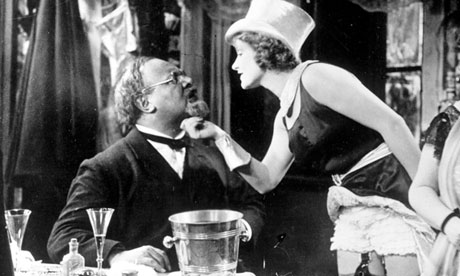
Putty in her hands: The magnificent Marlene Dietrich and the malleable Emil Jannings star in “The Blue Angel.”
9:15 a.m. (6:15 a.m.): “The Blue Angel” (1930, Josef von Sternberg). (Repeat FNB mini-review.) (In German, with subtitles.) Marlene Dietrich plays a stunning and saucy singer who leads a fuddy-duddy teacher (Emil Jannings) to doom and destruction, natch.
2:45 p.m. (11:45 a.m.): “Stage Fright” (1950, Alfred Hitchcock). A backstage theater drama with Jane Wyman as an acting student, who tries to help a man on the run (Richard Todd). He’s accused of murdering the husband of a swooningly beautiful actress (Marlene Dietrich). “Stage Fright” is usually considered one of the lesser Hitchcocks, but second-tier Hitch is still better than most films.
8 p.m. (5 p.m.): “Witness for the Prosecution” (1957, Billy Wilder). A stylish and entertaining whodunit starring Charles Laughton, Tyrone Power and Elsa Lanchester. And of course a very versatile Marlene Dietrich.
Monday, Aug. 23: Warren Oates Day
7:45 a.m. (4:45 a.m.): “The Rise and Fall of Legs Diamond” (1960, Budd Boetticher). In just five years, working with paltry budgets on miniscule shooting schedules, ex-matador and B-movie master Budd Boetticher made the five Western masterpieces or near-masterpieces (from “The Tall T” to “Comanche Station”) known as “The Ranown Cycle” — all with stoic-looking cowboy star Randolph Scott in the saddle, and most with producer Harry Joe Brown. As if that weren’t enough, Boetticher had time during the same span to make another two top Scott vehicles, one of them another masterpiece (the 1956 “Seven Men From Now”) as well as that hard-boiled classic of film noir and the gangster genre, “The Rise and Fall of Legs Diamond.”
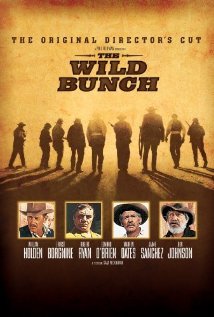 Shot in brilliant black and white by ace of aces cinematographer Lucien Ballard (“The Killing,” “The Wild Bunch“), and starring the ruthless-looking, poker-faced glamour guy Ray Danton as the real-life mobster Diamond, “Legs” is prime Boetticher: taut, hard, perfectly shaped. It’s a sharp-eyed tale of brutal men, their fast ladies and their hapless victims, with a supporting cast that includes Karen Steele, Simon Oakland and that later wild triggerman on “The Wild Bunch,” Warren Oates.
Shot in brilliant black and white by ace of aces cinematographer Lucien Ballard (“The Killing,” “The Wild Bunch“), and starring the ruthless-looking, poker-faced glamour guy Ray Danton as the real-life mobster Diamond, “Legs” is prime Boetticher: taut, hard, perfectly shaped. It’s a sharp-eyed tale of brutal men, their fast ladies and their hapless victims, with a supporting cast that includes Karen Steele, Simon Oakland and that later wild triggerman on “The Wild Bunch,” Warren Oates.
12 a.m. (9 p.m.): “Bring Me the Head of Alfredo Garcia” (1974, Sam Peckinpah). One of Peckinpah’s bloodiest neo-noirs, with Warren Oates as the morally weary American bounty hunter who brings a head to Mexico.
2 a.m. (11 p.m.): “The Wild Bunch” (1969, Sam Peckinpah). The greatest neo-noir Western. Peckinpah at his finest and most brutally exciting. With William Holden, Ernest Borgnine, Ben Johnson and Warren Oates.
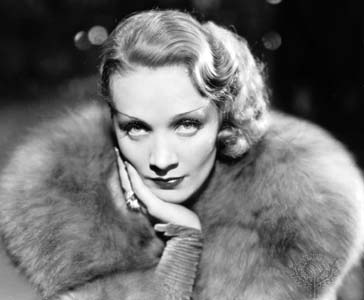





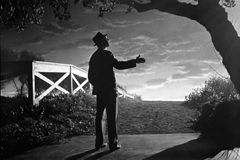
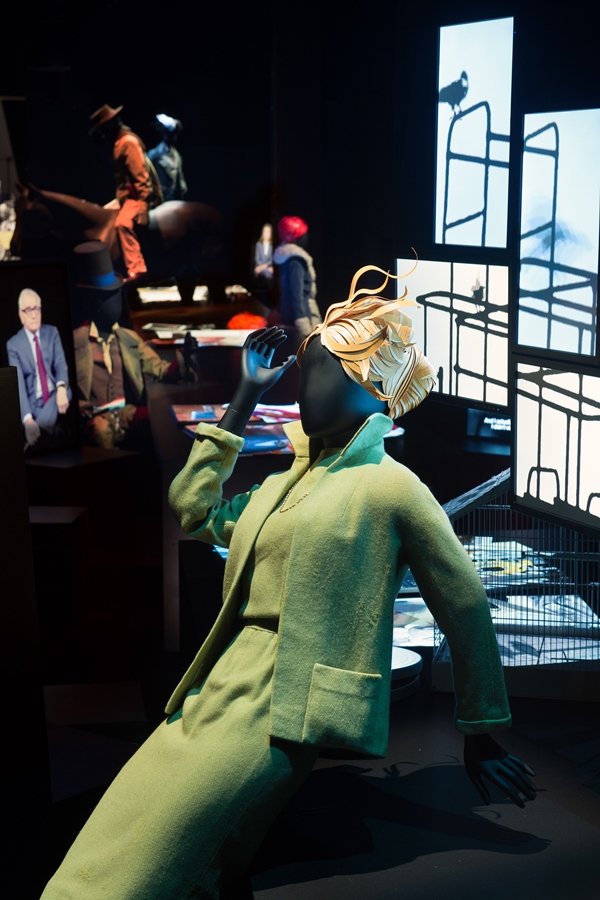
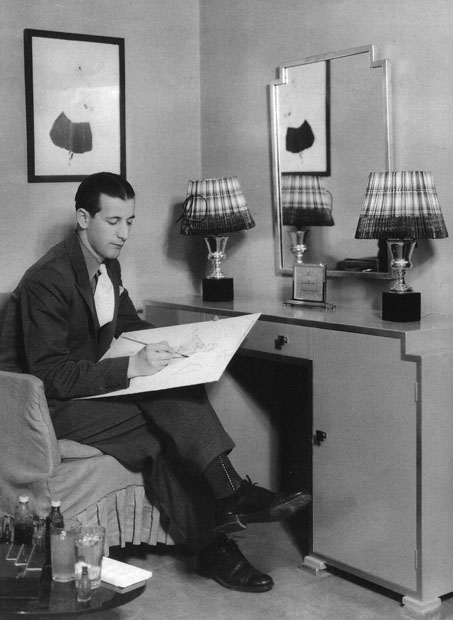
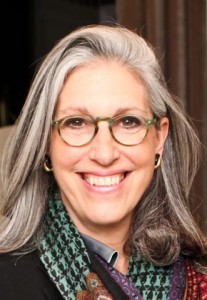
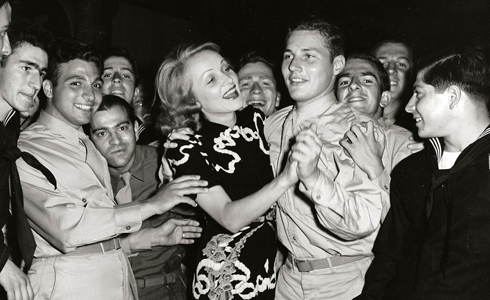

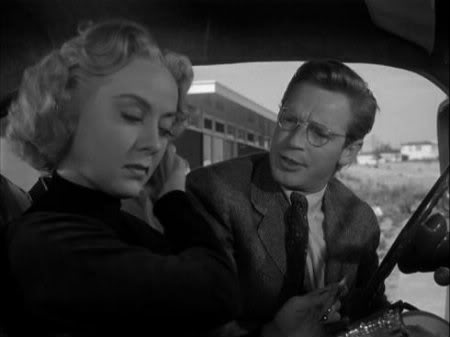
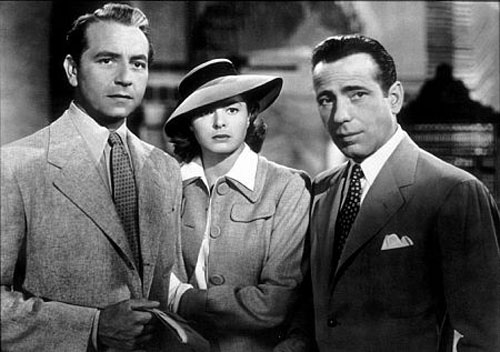
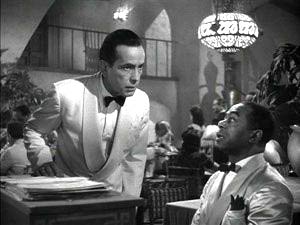
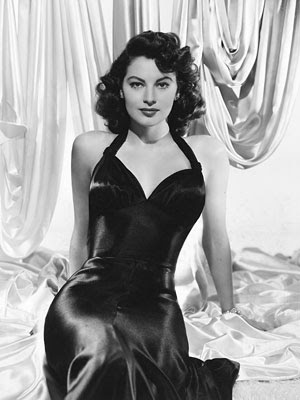
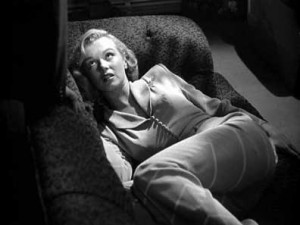
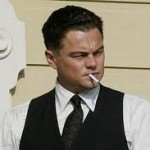
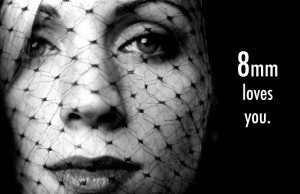
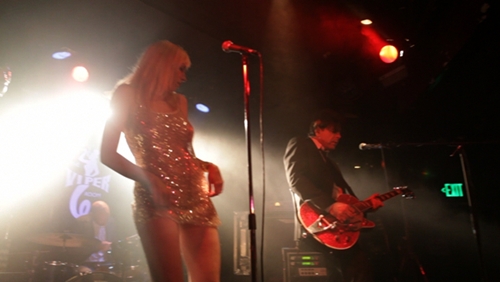
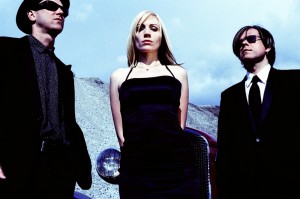
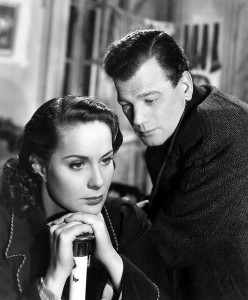






From FNB readers